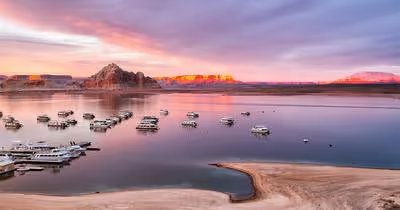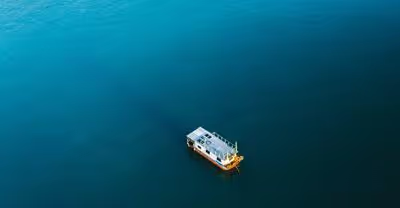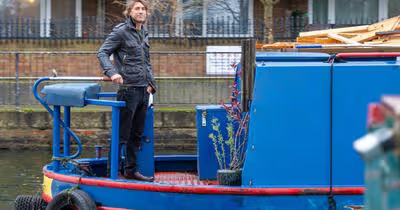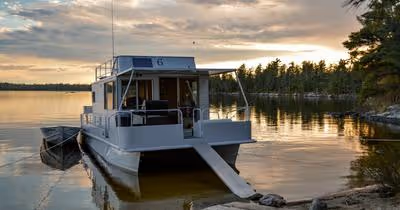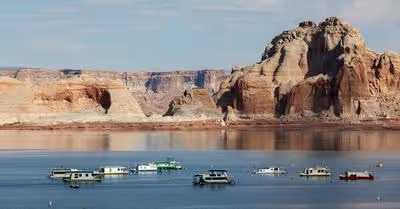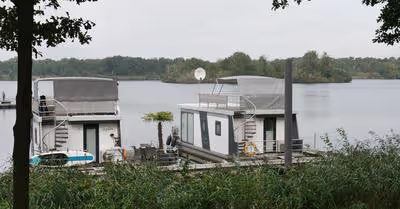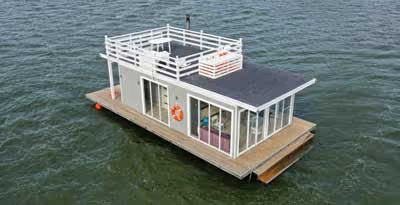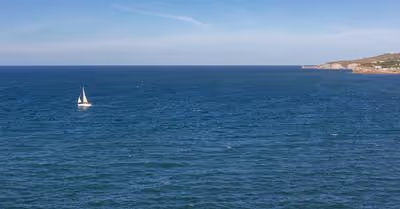
Boating can be a fun and efficient way to travel. If you want to travel somewhere far, you might want to know how many miles a boat can go.
Boats come in many shapes and sizes with varying features that affect how far it can go. Some features that affect boating distances are the engine, hull design, fuel capacity, and navigational equipment.
Boats can go as many miles as their power source can take them. The engine capabilities and fuel levels of motor boats are a big factor in how far they can go. For non-motor boats like kayaks and canoes, the strength and energy of the people rowing will largely determine how far they can go.
There are other types of boats like sailboats that are largely affected by external factors like wind and current conditions. Generally speaking, boats with larger fuel tanks will allow the boats to run longer and go farther.
As strong as some people are, it’s not reasonable to expect anyone to row a canoe or helm a sailboat for over a day. So though those boats can technically travel a long distance, we’ll be discussing how far boats are likely to go between rest and fuel stops.
How Do I Figure Out How Many Miles A Boat Can Go?
There are several factors involved in calculating the distance a boat can travel.
One of the main factors that go into how far a boat can go is the boat’s engine.
Just like a car, motorcycle, or airplane, a boat must have a power source to accelerate forward and go to where you want.
In order to go far distances, your boat should be able to produce enough power to rotate your rudders fast enough to move the weight of your boat over the water.
There are also design elements of the boat that can help to make it use the engine’s power more efficiently.
For instance, the rudders will only be able to move your boat if it is an adequate size.
If the rudders are not long enough, they won’t be able to provide enough pressure to the water to make the boat accelerate.
If the rudders are too long or have an odd shape, that could diminish the efficiency of their force against the water.
Your boat manufacturer will likely provide a motor and rudders that are ideal for your boat’s weight, shape, and dimensions, but there should be aftermarket products and services that can help to boost your boat’s engine and fuel efficiency even more.
Where you are boating can also play a big role in how far your boat can go.
Narrow waterways like rivers and creeks can make it harder for your boat to reach higher speeds.
There may be many twists and turns along your boating path that can slow you down.
Boating along curve paths also reduces the total distance you are traveling.
You can always go farther boating on a straight line, so it’s best to avoid straying from your destination if you want to get there as soon as possible.
Even if you are skilled at hulling your boat, you can never really know what lies underneath the water, so you have to give yourself enough time to spot and react to things that approach your boat.
When boating on open waters like an ocean or lake, there are generally few obstacles in the water to slow you down.
The water is usually much deeper than rivers and creeks, so you can accelerate in a straighter line more consistently.
You can reach higher speeds with more confidence on open waters, which should take you a farther distance compared to less open waters.
Being an experienced boater with a strong understanding of currents and weather conditions can help to maximize the distance you go.
The more your boat goes in the direction of a current, the faster it will go if everything else is the same.
If you bring other factors into the equation, like wind, then you can slow down or speed up depending on the direction the wind is hitting your boat.
When it comes to sailboats, the wind will play even more of a factor in the number of miles your boat travels.
Though some sailboats have motors, the role of the boat’s sails will still play a significant role in powering the boat.
Since wind is needed to push against a sailboat’s sails, the more wind a sailboat can harness, the farther the boat can travel.
To harness the wind in the most efficient way, it’s important to have a captain and crew members with sufficient expertise to operate the boat in a way that maximizes its speed.
An experienced crew will understand how to manipulate the sails and steering of the boat to enable as much speed as possible.
The crew can also dictate how the boat makes use of water and other weather conditions to boost speeds or minimize effects that can reduce speed.
What Types Of Boats Can Go The Most Miles?
Many boats are capable of traveling long distances, but their fuel capacity and average speed are significant factors in how many miles they will go.
Just traveling at high speeds or having large fuel capacities won’t give you the full story for how many miles a boat can go.
Massive vessels like oil tankers and cargo ships might have enormous fuel tanks, but might travel at relatively low speeds over the course of their journey.
If their average speed over their travel distance is low, then they may not travel as far as a much smaller vessel with far lower fuel capacity.
For standard motor boats around 30 to 40 feet long can commonly go around 300 to 400 miles on a full tank of gas.
Boats like this might include bowrider boats, cabin cruisers, yachts, and center console boats.
Other boats like pontoons, bay boats, and dinghies might have good fuel capacity, but their engines might not provide enough power to produce speeds that can take them far.
What Types Of Boats Have Shorter Ranges?
If you want to travel far distances, it’s best to avoid smaller boats with shorter ranges.
Smaller boats will be more adversely affected by water and weather conditions.
They will also have less space for fuel storage, powerful engines, and sizable rudders.
Though the lighter weight of small boats will give it some navigational advantages or larger boats, the net benefits usually won’t allow smaller boats to travel as far.
Boats that are not likely to take you far over a given amount of time are manual-powered boats like kayaks and canoes.
These boats have poor stability compared to larger boats that can hold more passengers.
The travel distance of a boat can be affected by how stable or unstable it is on the water.
The steadier boat can generally go farther since it would be traveling more in a straight line.
Other factors will affect a boat’s travel distance, but if everything else is the same, the boat can go farther when there are minimal curves and bouncing along its path.
Just being small doesn’t mean a boat will travel shorter distances than longer boats.
The power source of a boat plays a central role in determining how far the boat can go.
Since manual-powered boats are much weaker compared to motor-powered boats, the manual-powered boats are likely to travel at much shorter distances over a given period of time.



